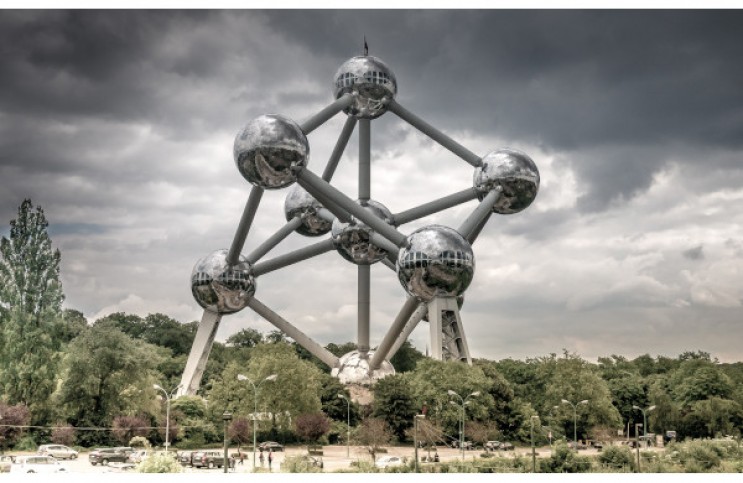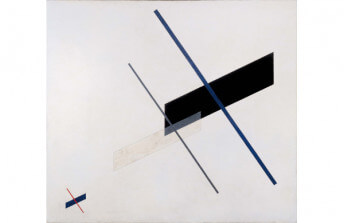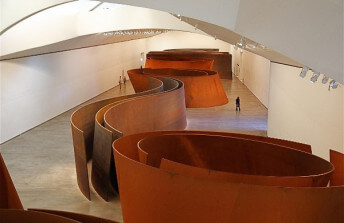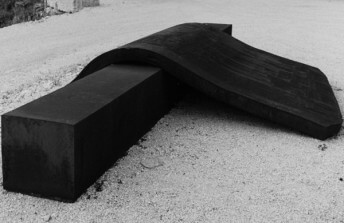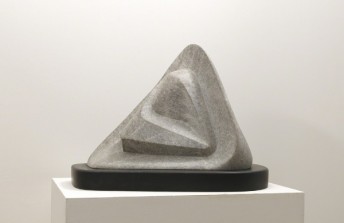The Story of Atomium, A Brussels Gem That Almost Wasn't
Jul 8, 2019
More than 60 years after it was built, the Atomium in Brussels has become one of the most beloved buildings in Europe. When it was first constructed, however, critics panned it as a disgrace. A stainless steel icon of the Atomic Age, it rises ominously from the Heysel Plateau in the heart of the Brussels Capital Region. Designed to replicate a 165 billion times magnification of a unit cell of an iron crystal, the form roughly resembles a 102 m tall toy jack. Six of its nine 18 m diameter spheres are habitable: several include museum exhibitions; one is a learning environment for children; and the top sphere houses a panoramic lookout and a restaurant serving authentic Belgian seasonal cuisine. The spheres are connected by a series of tubes, featuring the longest escalator in Europe and an elevator that was, at the time of its construction, the fastest in the world, and one of the most fun, with a translucent ceiling allowing riders to look upwards as the cabin shoots through the illuminated, geometric shaft. When it was constructed for the 1958 Brussels World’s Fair, engineers only designed the Atomium to last for six months. With each passing month, however, it became clear that the spectacular aesthetic qualities of the building and its fascinating interior amenities were turning it into a Brussels landmark. Despite critical complaints by esteemed figures such as Sibyl Moholy-Nagy, wife of Bauhaus artist László Moholy-Nagy, who called the Atomium “clumsy, hollow, and pathetically unrelated to the visible forces that might well be the end of all of us,” the public embraced it as a gem. Its continued existence is a testament to the unique synergy that becomes possible when the abstract qualities of architecture intersect with the cultural realities of everyday human life.
A Reason For Hope
One could easily rattle off a laundry list of reasons why, when it was first conceived, the Atomium was an absurd creation. For starters, it was planned as a memorial to the hopeful power of atomic energy. This despite the fact that the only real experience the world had with atomic energy in the early 1950s was the recent memory of the atomic explosions that destroyed Nagasaki and Hiroshima, and maybe the barrage of above ground nuclear tests that soon followed. In 1953, U.S. President Dwight Eisenhower tried to change perceptions by way of a speech he delivered at the UN General Assembly, titled Atoms for Peace. The subsequent Atoms for Peace program financed some of the first nuclear power reactors in the world. One of the first nuclear reactors in Europe was supposed to be in Belgium, a monumental achievement that was supposed to be highlighted by the Atomium, the architectural star of the first Post War World’s Fair.
Two years before the opening of the Expo, however, the Belgian nuclear reactor project was scrapped, allegedly in part because of the perceived dangers of placing it so close to the Belgian Royal Residences. The Atomium went forward nonetheless. Yet, other absurdities continued to mount. For example, the form was intended to portray an iron crystal, but iron cannot be used in nuclear reactors. Furthermore, the original building was covered in sheets of aluminum, not iron. (Aluminum can at least be used to produce nuclear reactions.) Despite these funny inconsistencies, and despite the unwelcoming reaction from critics, the simple fact was that the Atomium is incredibly cool looking, and fun. The public cared little for academic technicalities—all people cared about then, as now, is that the building transforms the aesthetic environment in a whimsical way and offers a unique perceptual experience. These abstract qualities mean more than whatever strange logic was initially used to justify the building—further proof that intention in the arts is less important than subjective value.
Built to Last
One of the miracles of the Atomium is that it is still standing. The original design was so flimsy that preliminary models predicted the building would flip over in winds of just 80 km/h. Since the wind in Brussels regularly blows almost twice that speed, quick design changes were made to stabilize the building. Yet the structure was still not intended to last more than six months. Due to public love, it was never torn down, but neither was any serious maintenance done over the decades. The first repairs were not performed until 2004, when it was finally closed for two years for a complete renovation in anticipation of its 50th anniversary. As part of those renovations, the aluminum panels on its exterior were replaced with stainless steel—a fascinating choice because of the unique properties of the material. Stainless steel is mostly iron, making it more in line with the intent of the original design, but then again stainless steel cannot be used as nuclear fuel. It is, however, used as a containment material in reactors.
Also as part of its renovation, LED lights were installed throughout the exterior of the Atomium, so the whole structure lights up at night. Considering the efficiency of LED technology, these lights may now be the most hopeful aspect of the building. Or equally hopeful is the sustainable approach of Alexandre Masson, chef of the Atomium Restaurant. It is also a good sign that the old aluminum panels were auctioned off to help pay for the renovations, rather than simply being tossed in a landfill. Or maybe the most hopeful thing is that after its renovation the Atomium became the center of a legal fight to secure the rights of citizens to photograph art and architecture in the public realm. For years, the Belgian artist and author collective Société d'Auteurs Belge – Belgische Auteurs Maatschappij (SABAM) claimed copyright over all public images of the Atomium, meaning no public photos of the structure would be allowed until 2075 (75 years after the death of its architect, André Waterkeyn). Their absurd claim spurred the passing of a Freedom of Panorama bill in Belgium in 2016, so now anyone can share pictures of this, or any other building or artwork in the Belgian public sphere. Maybe these were not the hopeful aspirations the original designers and planners of the Atomium had in mind, but they are reason enough to embrace this special icon, and to put it on your bucket list of places to go.
Featured image: Atomium structure at Brussels, Belgium.
All images used for illustrative purposes only
By Phillip Barcio
